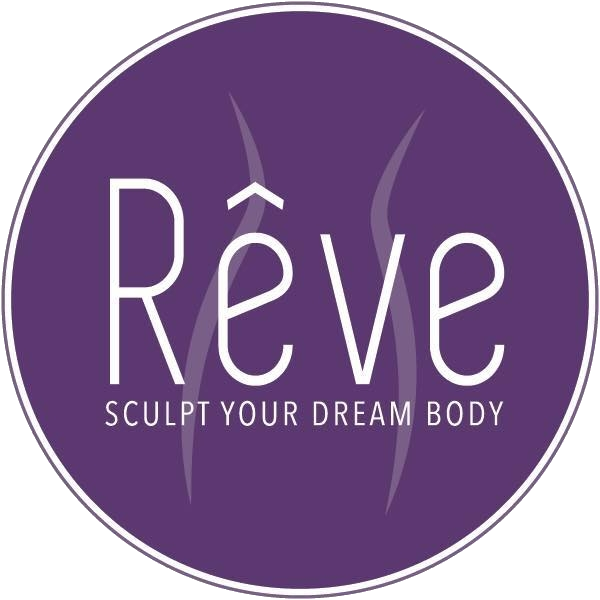What is Body Sculpting and How Does It Work?
Body sculpting refers to a range of cosmetic procedures designed to reshape and enhance the body’s contours. These techniques can be surgical or non-surgical, targeting areas such as the abdomen, thighs, arms, and buttocks. The primary goal of body sculpting is to eliminate stubborn fat deposits and improve overall body aesthetics.
Surgical options include liposuction, which removes fat through suction; tummy tucks, which tighten abdominal muscles; and body lifts that remove excess skin. Non-surgical methods often involve technologies like cryolipolysis (fat freezing), ultrasound therapy, or radiofrequency treatments that promote fat reduction without invasive procedures.
Who is a Good Candidate for Body Sculpting?
Generally, ideal candidates are those who are close to their target weight but struggle with stubborn areas of fat that resist diet and exercise.
Individuals should be in good overall health, as certain medical conditions can affect the safety and efficacy of the procedure. Additionally, candidates should have realistic expectations regarding the outcomes; body sculpting is not a weight-loss solution but rather a way to refine one’s body shape.
Moreover, those who are committed to maintaining a healthy lifestyle post-procedure—through regular exercise and balanced nutrition—are more likely to achieve lasting results.
What Can I Expect During a Body Sculpting Procedure?
During a body sculpting procedure, patients can expect a series of steps designed to enhance their physique effectively and safely. First, a consultation with a qualified professional will outline individual goals and assess suitability for the procedure.
On the day of the treatment, the area being sculpted will be marked, and local anesthesia may be administered to ensure comfort. Depending on the specific technique used—such as liposuction, CoolSculpting, or radiofrequency treatments—the process can vary in duration but typically lasts between one to several hours.
Patients should anticipate some swelling or bruising post-procedure, which is normal and can be managed with prescribed pain relief. Results are often visible within weeks but may take several months to fully manifest as the body continues to heal and adjust.
Are There Any Risks or Side Effects Associated with Body Sculpting?
Non-invasive body sculpting techniques, such as CoolSculpting or ultrasound therapy, generally present fewer complications compared to surgical alternatives. However, patients may experience temporary side effects like redness, swelling, bruising, or minor discomfort in the treated areas. These effects usually resolve within a few hours to a few days.
It is also vital for individuals to have realistic expectations and consult with qualified professionals who can guide them through their options.
Ultimately, while non-invasive body sculpting methods are preferred by many for their lower risk profiles, being informed about potential side effects ensures that individuals can make educated decisions regarding their body contouring journey.
How Long Do Results Last After a Body Sculpting Treatment?
The longevity of results from body sculpting largely depends on several factors, including the type of treatment received, individual metabolism, and lifestyle choices post-treatment.
Generally, non-invasive body sculpting procedures can yield noticeable results that last anywhere from several months to a few years. However, these outcomes are not permanent. To maximize the sustainability of results, maintenance after treatment is crucial. Regular follow-up sessions or touch-ups may be recommended by practitioners to help maintain the desired appearance.
Overall, body sculpting offers targeted fat reduction and contouring benefits, making it an appealing option for those looking to refine their appearance while maintaining realistic expectations about outcomes.

